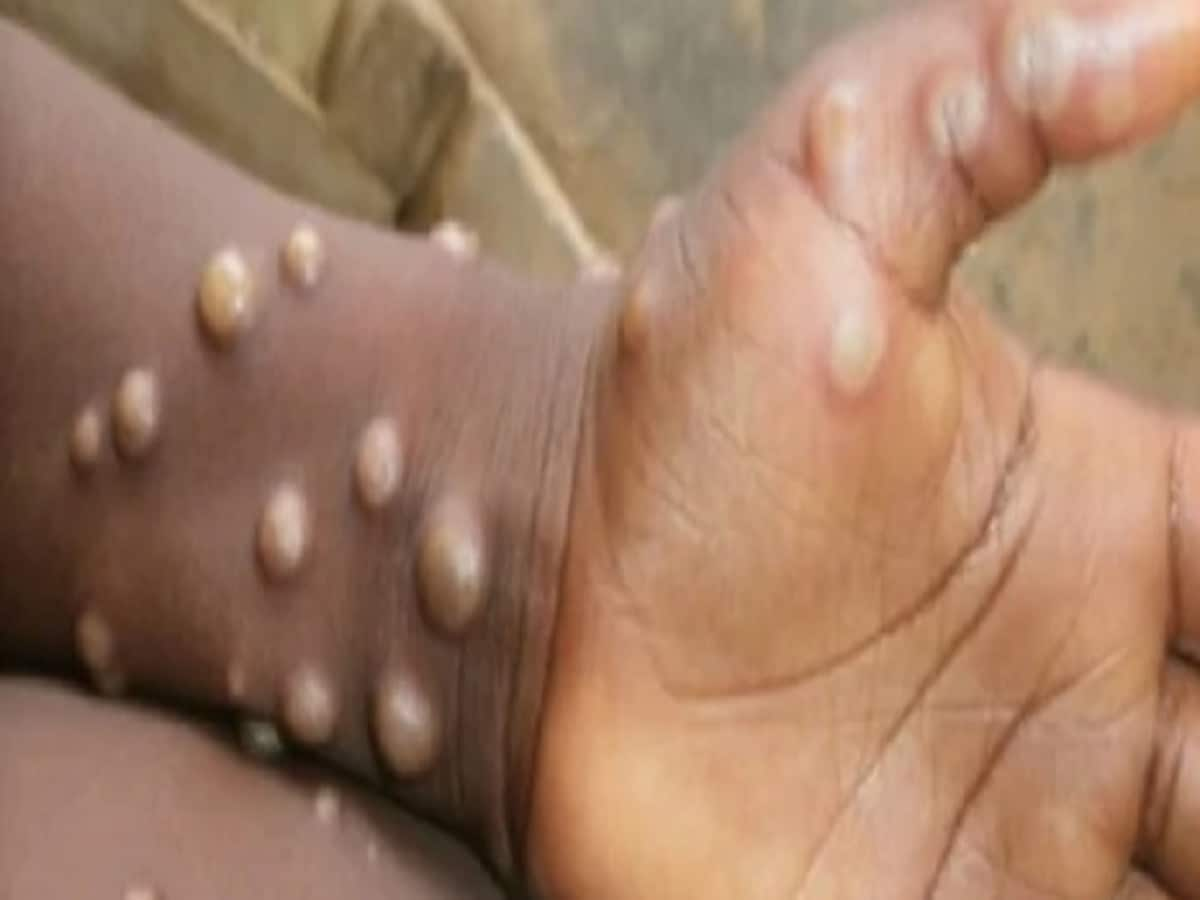After the World Health Organization declared the ‘Monkeypox’ disease a public health emergency, state governments and hospitals in India have also come on alert mode regarding this. Although no case of this disease has been reported in India at the moment, but after finding a patient of this disease in Pakistan, strict precautions are being taken here too. In this connection, AIIMS Delhi has also issued a protocol for the treatment of suspected monkeypox patients. Although Safdarjung Hospital has been made a center for the treatment of monkeypox in Delhi. But this protocol tells how the suspected patients coming to AIIMS will be treated.
Five beds have been earmarked in AIIMS’ AB-7 ward to isolate monkeypox cases. These beds will be allocated to patients on the recommendation of the chief medical officer of the emergency wing, who will then be treated by the Department of Medicine. The AB-7 ward will remain a temporary holding area for patients until they are shifted to the designated hospital—Safdarjung Hospital—for intensive care.
According to the protocol note issued by AIIMS, ‘Monkey Pox’ is a viral zoonosis whose symptoms are similar to those previously seen in smallpox patients, although clinically it is less severe. The World Health Organization (WHO) has declared the monkeypox outbreak a public health emergency of international concern, which requires strict infection control measures to raise awareness, rapid identification and prevent further spread. The SOP issued by AIIMS describes the steps required to handle monkeypox cases in the emergency department of AIIMS. Let’s know what is in this protocol?
1- Investigation in the triage area- There should be screening arrangements in the triage area to handle patients with suspected monkeypox. Patients with fever, rashes or who have been in contact with a previous monkeypox patient should be seen immediately when they arrive at the hospital.
Main symptoms of monkey pox- Fever, headache, muscle aches, back pain, swollen lymph nodes, chills, fatigue, and characteristic skin lesions (maculopapular rash that may turn into pustules) have been reported.
2- Isolation/Holding Area: Immediately place suspected patients in an isolation area (a separate area) to minimise contact with other patients and staff. AIIMS has earmarked bed numbers 33, 34, 35, 36 and 37 of AB-7 for isolation of monkeypox patients. These beds will be allocated to monkeypox patients on the recommendation of the emergency CMO and will be treated by the Department of Medicine. AB-7 will remain a temporary area to keep the patient until he is shifted to the designated hospital (Safdarjung Hospital) for comprehensive care.
3- Reporting to the IDSP: Whenever a suspected case is identified, inform Integrated Disease Surveillance Programme (IDSP) officials at contact number 8745011784. Provide them with patient details, brief history, clinical findings and contact details.
4- Referral to Safdarjung Hospital: Safdarjung Hospital is designated to house and treat monkeypox patients. Hence any patient suspected of having monkeypox should be referred to Safdarjung Hospital for further evaluation and treatment.
5- Ambulance: An ambulance has been allocated to shift monkeypox patients to Safdarjung Hospital. Emergency staff have to inform the ambulance coordinator on mobile number 8929683898 to shift the suspected monkeypox patient to Safdarjung Hospital.
6- Handling and Isolating the Patient: All patients should be handled with strict infection control measures. Staff should use personal protective equipment (PPE kits) when dealing with suspected cases.
7- Documentation and Communication: Proper documentation of complete patient information, symptoms and referral process should be maintained.
The protocol ends by stating that this protocol should be disseminated to all relevant departments and staff to ensure a coordinated and effective response to suspected monkeypox cases.
PM Modi has held a meeting
Let us tell you that cases of infectious monkeypox are increasing rapidly in Central and East Africa. In view of this, the World Health Organization has declared it a public health emergency. Although not a single case of monkeypox has been found in India, the Government of India is completely on alert mode regarding this disease. A high-level meeting was held on Sunday under the chairmanship of Prime Minister Narendra Modi to review the preparations and public health measures to deal with it in India. In which PM Modi’s Principal Advisor PK Mishra said that no case of monkeypox has been reported in the country and according to the current assessment, the risk of its widespread spread is low. He said that Prime Minister Modi is constantly monitoring the situation of monkeypox.
WHO had earlier declared monkeypox a Public Health Emergency of International Concern (PHEIC) in July 2022 and later revoked it in May 2023. WHO has reported 99,176 cases of monkeypox and 208 deaths in 116 countries globally since 2022. Since the 2022 declaration by WHO, a total of 30 cases have been found in India, the last of which was reported in March 2024.














Leave a Reply